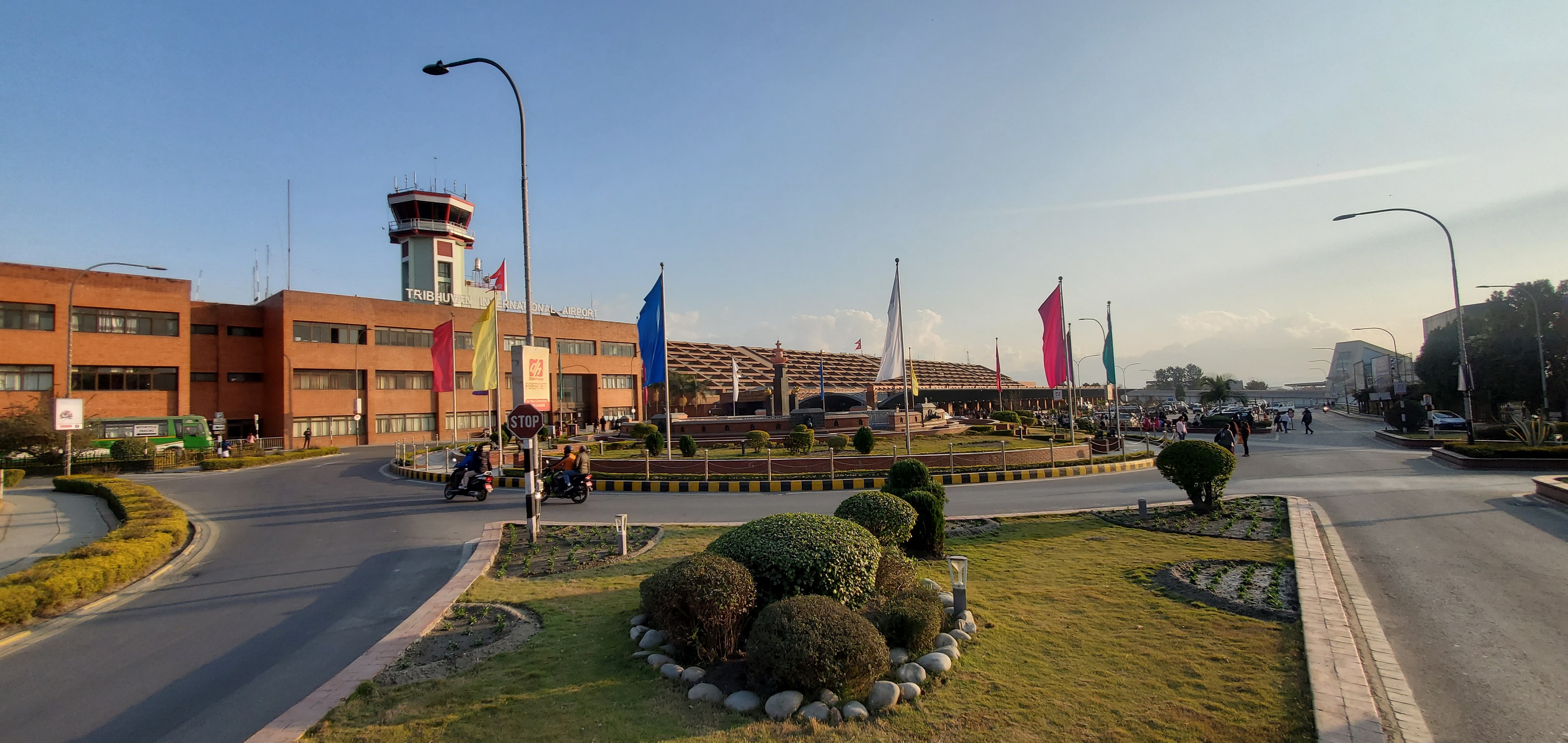
High Airfare, Uncertain Future: Can Nepal’s Tourism Survive?

High Airfare, Uncertain Future: Can Nepal’s Tourism Survive?
swotah travel
2126
02, 12 2024
Let's start with the good news. Tourist numbers are up! In the first ten months of 2024, nearly a million visitors touched down in Nepal-an impressive 15% increase from last year. That's a big deal for a country still recovering from the pandemic's economic fallout. The streets of Thamel are bustling again, and trekking routes like the Annapurna Circuit are alive with the chatter of international adventurers.
But here's the catch: getting to Nepal has become outrageously expensive.
Tribhuvan International Airport (TIA), Nepal's primary international gateway, is under construction. The expansion is crucial-it's meant to reduce congestion and improve facilities. But in the meantime, the airport has cut its operating hours by 10 hours a day, reducing flights by nearly half. Fewer flights mean fewer seats, and that's where the trouble begins.
Airlines are charging sky-high prices for the limited seats available. A one-way flight from Kathmandu to Delhi, which used to cost around Rs20,000, now goes for Rs80,000. It's not just Delhi-flights to Bangkok, Dubai, and beyond have also seen steep price hikes. For many travellers, Nepal is starting to look like a luxury destination rather than the affordable adventure it once was.
Nepal’s airfare crisis reflects a deeper problem than just basic economics. The Kathmandu Post explains it bluntly:
High demand + lower supply = higher fares. This is the standard theory in the airline industry.
Mismanagement + poor planning + high demand + low supply = super high fares, and passengers suffer. This is the case in Nepal."
The Ripple Effect on Tourism
High airfares don't just affect travelers-they impact everyone who depends on tourism. Hotels, restaurants, trekking agencies, and local guides are already feeling the pinch.
Ajay Kumar Shrestha, who owns a trekking company in Kathmandu, shared his frustrations. "We've had clients cancel because flights are just too expensive. They want to come, but they can't afford the airfare."
Souvenir shop owners in Thamel echo the concern. "Tourists used to come in waves," said Gita Karki, who runs a small store. "Now, it's slower, and when they do come, they're spending less because they've already blown their budget on tickets."
Why Are Flights So Expensive?
There's more to the story than fewer flights. Nepal has some of the highest aviation costs in the region. Jet fuel is 70% more expensive here than in neighbouring countries, and airlines also pay hefty fees for ground handling at Kathmandu airport fees, which are reportedly three times higher than other international airports. These costs inevitably get passed on to travellers.
Add to that a lack of competition among airlines, and the result is a perfect storm of high prices. Some critics even suspect collusion among airlines and travel agents to keep fares inflated.
"We're losing out to India and other nearby countries," said Ajay Kumar Shrestha, "Nepal has so much potential, but if we keep pricing ourselves this high, budget-conscious travelers will simply go elsewhere."
What's the Solution?
This problem isn't going to solve itself. Nepal needs a plan-and fast. For starters, the government could help by lowering fuel taxes and ground handling fees, making it cheaper for airlines to operate. Encouraging competition among airlines could also help bring prices down.
Another potential solution is to promote alternative airports. The new Pokhara International Airport and Gautam Buddha International Airport in Lumbini are operational and could take some of the pressure off Kathmandu.
Finally, it's time to think beyond Everest. Nepal has so much more to offer: jungles, ancient temples, and vibrant festivals. By promoting less-travelled destinations and experiences, we can attract new kinds of tourists and spread the economic benefits more evenly.
"Nepal is resilient," said Ranjan Pandey, a tourism consultant. "We've overcome bigger challenges than this. With the right policies and some creative thinking, we can make sure the world keeps coming to our doorstep."
For now, the mountains remain, waiting for the world to find a way back to them. Let's hope Nepal's skies clear soon, literally and figuratively.
NEWSLETTER SIGNUP
Sign up to receive our trip ideas and travel offers!
Get updates and Exclusive Offers up to 20% Discount








